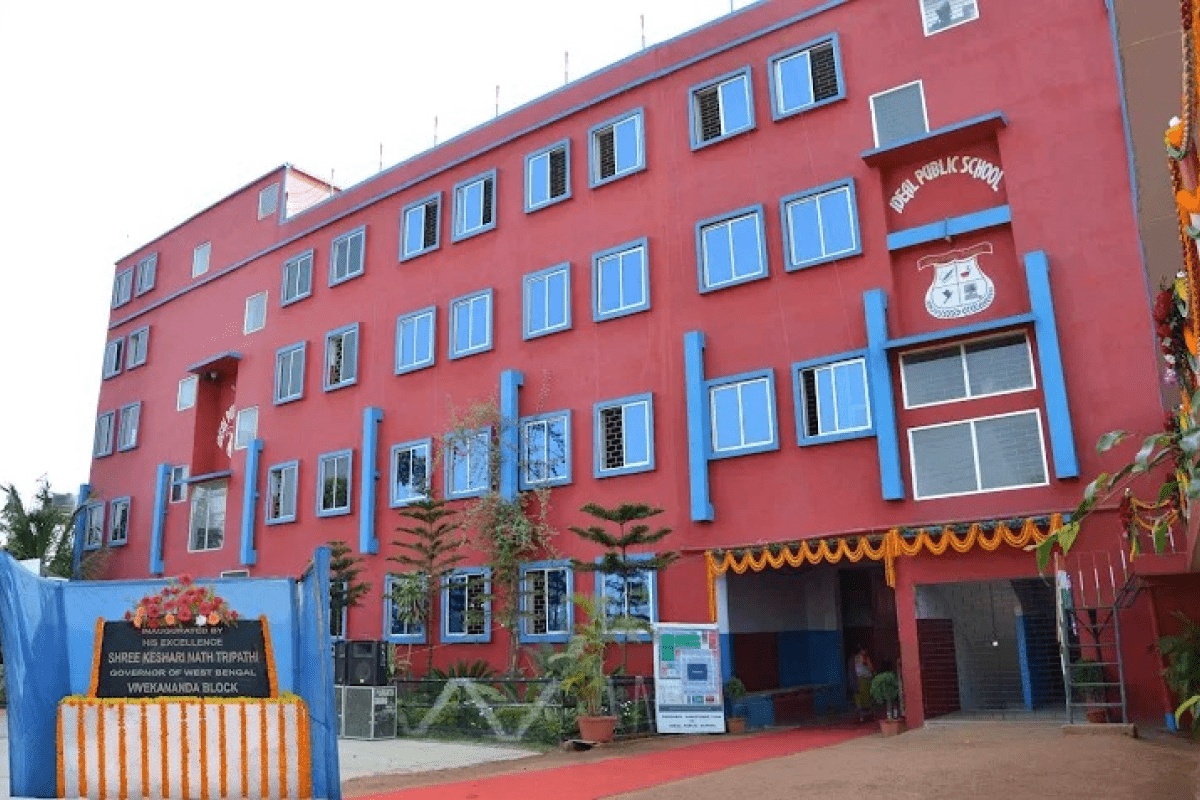
Our Curriculum
The School in its pursuit for excellence ensure high standard in teaching and infrastructure, wide technology input with state of the art equipment and rigorous training and coaching in various sports for physical growth and fitness as well as developing and inculcating self confidence to confront challenges. Special emphasis is laid on value based education system. English is the principal medium of instruction where as Bengali and hindi are offered as second and third languages.
PUNCTUALITY ABSENCE AND SICKNESS
- As per ICSE norms 75% attendance is compulsory.
- Irregular attendance, unjustified or unexplained absence, habitual late coming, disobedience or objectionable behaviour of any kind may result in the removal of a student from the school.
- Students who have been absent from school for any length of time must have their reasons for their absence briefly entered in their regularity record. Reasons of a private nature may be intimated by a Letter. Birthdays, Excursions, Urgent business are not sufficient reasons. Absence from school in order to study is not allowed. No leave of absence is given without a prior application in writing from the guardian.
- Students must be punctual for class to be admitted to the Classroom. Students who have been absent and late comers must show have been absent and late comers must show their respective Class teachers their regularity records duly counter signed by the Principal.
- Names of pupils who have been absent from School for a considerable period without permission are liable to be struck off the rolls and may not be re-admitted.
- Medical certificates are necessary in cases of sickness for over three days.

Salient Features of the Curriculum

- The Curriculum is Theme based
- The present curriculum follows a ‘theme based’ approach in all the curricular area rather than a ‘topical approach’. Thus, it does not proceed with a list of topics while transacting the curriculum from different subjects. The theme facilitates in addressing the issues related to the area under study in a holistic manner.
- The Curriculum is Child Centred
- The approach of the curriculum is ‘child centred’. The identified concepts, skills, issues and concerns are age-appropriate so that the understanding of the child develops gradually from self to the immediate surrounding and further to the wider environment. For example, information related to the child and his/her family members may be given before introducing him/her to the neighborhood. Thus, the child moves from simple to complex, concrete to abstract, informal to formal concepts in a logical and phased manner.
- Focus on using a wide range of learning experiences
- Recognising the fact that there are different learning styles and individual children learn in different ways, the curriculum suggests a range of transactional processes varying from classroom discussions, case studies, field visits, surveys, hands-on experiences, experimentation, model making, poster making, slogan writing, etc. The curriculum aims to ensure that learning is a joyful experience for all children and that children are able to understand not only what they learn, but also how this learning is relevant in their lives, both present and future.
- Sequential arrangement of learning experiences (Spiralling)
- An attempt has been made in this curriculum to design a sequential arrangement of learning experiences, that will provide a spiral of cumulative learning. As they progress through classes, children will revisit certain topics or themes several times, but the depth and complexity of the theme or topic/concept will increase with each revisit. The new knowledge gained will be put in the context of the pre-existing knowledge which will serve as a base or the foundation. .
- The Curriculum encourages an Integrated approach
- The curriculum encourages an integrated approach to teaching-learning, so as to enable children to comprehend learning experiences as a unified whole, to help them see meaningful linkages within and across various subject areas. Instead of moving from one topic/subject area to another, learning information in a disconnected, compartmentalised manner, the curriculum aims to help children make sense of life’s experiences by helping them connect and correlate knowledge and experiences across various topics within as well as across subject areas.
- The Curriculum provides scope for Contextualization
- Within the framework of the curriculum, flexibility has been provided to schools to adapt and contextualize as per their own unique requirements and the needs of the children. Hence, while the key concepts/ areas have been spelt out for each subject theme in the curriculum, it is expected that the teachers will adapt and use appropriate transactional processes, based on the resources available, the interests and aptitude levels of the children, as well as their geographical locations and the socio-economic and cultural contexts.


- The Curriculum follows a Social Constructivist approach
- This approach lays emphasis on learning by doing (I do; I understand much better). Also, children learn better while interacting/discussing with elders/others. Thus this approach provides opportunities for children to construct their knowledge rather than placing them as recipients of information in the transactional process. The knowledge gained by them is thus an outcome of the children’s own activity. Engaging/involving children in exploring, observing, inventing the world around them helps in the process of construction of knowledge. In this curriculum, ample scope has been created for children to construct their knowledge through the social interaction (social constructivism). .
- The Curriculum encourages development of life skills
- The curricular approach encourages development of skills as well as life skills by using age appropriate identified themes. These skills and life skills are not to be developed in isolation and are not ‘add on’ activities, rather, these are to be developed in an integrated and infused manner. The age appropriate skills and life skills have been mentioned in the curriculum as a reference point for teachers.